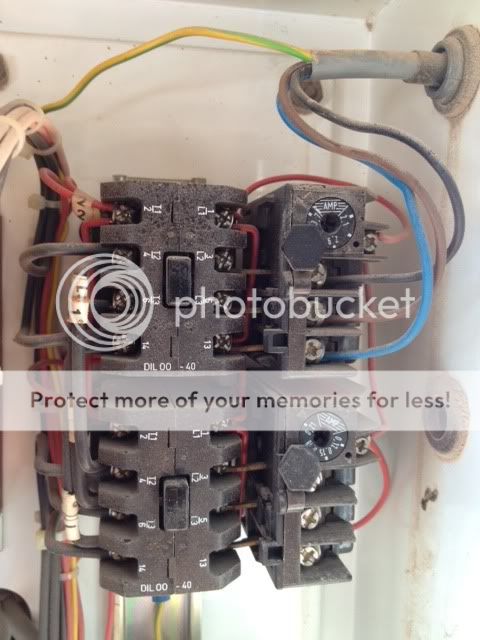…
The Bridgeport control circuit basically puts all the overloads in series so if any one pops out the machine stops. Sensible safety precaution really. But it does mean they all have to work.
Tightening up all the connections isn’t a bad idea. …
Without a circuit diagram I can only guess, but has the machine any safety interlocks? Switches on doors, polycarbonate screens, covers, and those protecting against over-travel etc. Last time my lathe misbehaved, it was because a safety switch had loosened just enough to make intermittent content. Had me confused for over an hour.
In addition to checking connections, it’s not unusual to find fatigue breaks inside the wiring of older equipment. It occurs where vibration is able to waggle a wire in one spot, eventually causing an intermittent break. They can be difficult to find. Try flexing the wires, especially any not firmly supported in a wiring loom, and have a good look at them wherever they pass through a bulkhead or bridge a large gap.
Fulmen seems to be taking the right general approach. Isolate the fault by either working back from the motor until power disappears, or do the same by working forward from the power input. That the motor runs when the contactor is worked manually suggests a problem in that area, and the locking circuit is my chief suspect! Locking can be quite elaborate – a chain of switches all of which have to be right before the machine will run: check everything.
In older equipment current and thermal trips are much the same technology – a bimetallic strip bends as it heats up, and if it gets hot enough, it releases a spring loaded contact. After the bimetallic strip has cooled down, the contact can be reset. Easily cleaned dirt often causes problems, but more seriously so does old age. Over time the mechanicals wear out – insulating supports, springs, strip, contacts etc, in which case the cure is a new contactor.
Dave
 Fulmen.
Fulmen.







